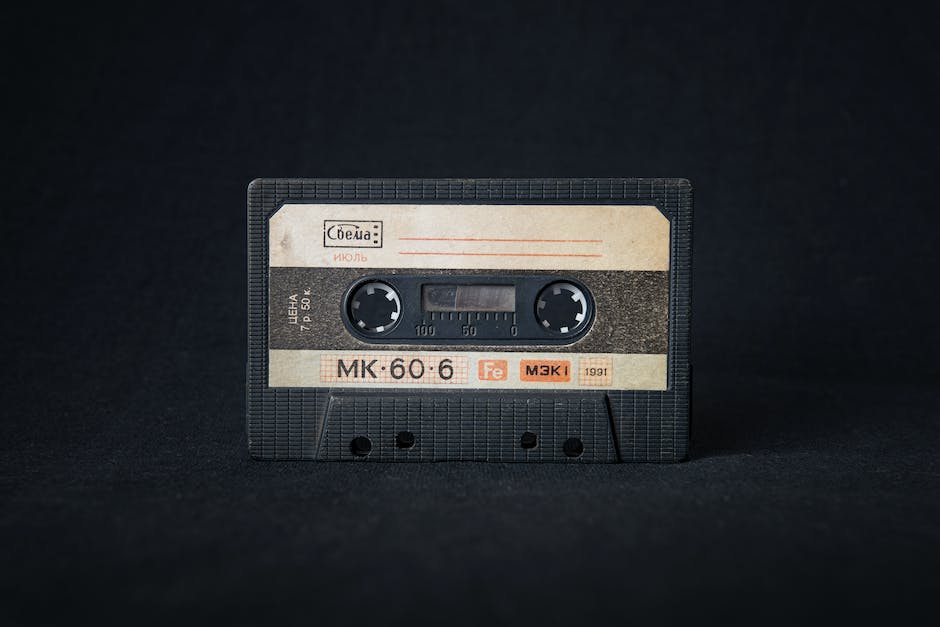In order to understand the Pro V1 markings by year, it is important to first understand what the Pro V1 is. The Pro V1 is a golf ball that was first introduced in 2000. It is made by Titleist and is one of the most popular golf balls on the market. It is known for its durability, spin, and feel.
The Pro V1 golf ball was first released in 2000. The original Pro V1 had a dimple pattern of 392 dimples in 46 rows. The dimples were designed to reduce the side spin that caused hooks and slices. In 2001, the Pro V1 dimple pattern was changed slightly to 398 dimples in 49 rows. The Pro V1 was again changed in 2005, this time to 402 dimples in 50 rows. The most recent change to the Pro V1 dimple pattern was made in 2007, when the ball was changed to 328 dimples in 44 rows.
How do I know what year my Pro V1 is?
The side-stamp on a Pro V1 or Pro V1x ball can help you instantly identify which year the ball is from. The design of the side-stamp changes from year to year, so if you know what to look for, it can be a quick and easy way to tell how old your ball is.
Most manufacturers include identification numbers on their balls so that players can differentiate between one ball and another. This is especially important if you are playing with others who have the same balls. That way, you’ll never get them mixed up!
Can you tell how old a golf ball is
Over the years, Wilson has stuck with tradition and kept things straightforward and clean with its most top-shelf ball. If you find a ball that has “392” stamped on it, trust that it’s at least 14 years old.
Despite being relatively new to golfers, both the Pro V1 and Pro V1x models have remained unchanged for the last few release cycles. This is likely due to the popularity and success of both models, as well as the fact that there has been no need to make any changes or updates.
What does the 392 mean on Pro V1?
The 392 dimples on a golf ball refers to the older style of Pro V1’s. These golf balls have 392 dimples which help to provide more spin and control.
Pro V1 refurbished plants are a great option if you’re looking for a good quality plant without having to pay for a brand new one. These plants may have small blemishes or wear and tear, but they shouldn’t affect the plant’s performance in any way.
Do more pros use Pro V1 or Pro V1x?
The three most common golf balls on tour are the Titleist Pro V1, the Titleist Pro V1x, and the Srixon Z-Star. The Pro V1 is the most popular ball on tour, with close to 40% of golfers using it. The Pro V1x is the second most popular ball on tour, with 27% of golfers using it. The remaining golfers use a variety of balls from different manufacturers, including Callaway, Taylormade, and Bridgestone.
The Pro V1x is the best choice for golfers who want a ball that flies higher and has more spin. It also has a firmer feel than the Pro V1, making it a great choice for those who want a little more control over their game.
Which Pro V1 should I use
The Pro V1 golf ball is designed for players who are looking for a softer feel, especially in the short game department. If you normally hit a high ball off the tee and don’t mind launching a little lower, the Pro V1 is again the answer. However, the low-ball hitter will definitely benefit from the Pro V1x.
Golf balls are designed to last a long time, but they can go bad if they are not stored properly. The average life of a golf ball is about 10 years, but they can last longer if they are taken care of. Golf balls can go bad if they are not cleaned regularly, so make sure to clean them after each use.
How far should a 71 year old man hit a golf ball?
There are several factors that affect how far a golfer can hit their 9 iron. Age is one of the biggest factors, with younger golfers typically being able to hit the ball further than older golfers. another factor is experience, as more experienced golfers will have a better understanding of how to hit the ball. Finally, the type of terrain can also affect how far the ball will travel, with the ball going further on softer surfaces such as fairways.
A golf ball can last up to seven 18-hole rounds without any loss of performance. In fact, you are more likely to lose a golf ball on the course before it just wears out. But as soon as the ball feels rough, you should replace it.
What swing speed is needed for Pro V1
The Pro V1 is the number one ball in golf and is meant for swing speeds of 98-105 mph. It is a three-piece ball that provides excellent distance and accuracy.
These golf balls are from the first edition of the Pro V1, which debuted in 2000. They are a great collectors item for any fan of the game. There are only 7 balls in this lot, so don’t miss your chance to own a piece of history!
Are Titleist Pro V1 good for high handicappers?
High handicappers should not use Pro V1 balls. The extra cost and higher compression rating make Pro V1 suited for better players with higher swing speeds.
Titleist Pro V1x 332 golf balls are designed for serious golfers of all levels seeking long distance with Tour-validated feel and performance. The softer Urethane Elastomer cover on the golfballs, provides improved playability and feel with mid and short irons. The 332 dimple design also provides more consistent flight. These golf balls are a great choice for serious golfers who are looking to improve their game.
What swing speed should you have for Pro V1x
If you’re looking to get the most out of your Pro V1x, make sure your swing speed is at least 105 MPH. This will allow you to compress the ball properly, resulting in more distance and better height. With a swing that fast, you’ll be able to take your game to the next level.
SRT is short for Street and Racing Technology. It is a high performance sub-brand of Dodge that was created in 2002. SRTs are powerful and fast cars that are built to be raced. The most popular SRT model is the Dodge Challenger SRT8, which has a V8 engine.
What is the shelf life of a Titleist Pro V1
Titleist Pro V1 golf balls are four-piece balls that cost more due to their complex build, long distance, and high-spin around the greens. Golf ball researchers at Titleist say that today’s Titleist golf balls can be stored for five years or longer, as long as they’re kept away from excessive heat.
The Dixon Fire Golf Balls are one of the most expensive golf balls available on the market today. Listed at $7499 on the company’s website, these 3-piece golf balls are made from a recyclable cast urethane cover that provides excellent wedge spin and control. Soft to the touch, these golf balls are sure to give you the best game of your life.
What does Pro V1 stand for
The ProV1 ball was officially introduced by Titleist in the fall of 2000. Forty-seven players immediately put the ball into play. The name of the ball, “ProV1,” is short for “professional” and “veneer.” The numeral 1 in the name represents the ball’s status as the first of its kind.
The Titleist Velocity golf ball is a two-piece ball that has been on the market for around a decade. The 2022 version of the ball claims to be the longest ball in the Titleist range. The ball has the same size core as its predecessor but it has been made firmer to increase distance.
Conclusion
The Pro V1 golf ball was first introduced in 2000. The original Pro V1 featured a dimple pattern of 384 dimples in 34 rows. In 2001, the number of dimples was increased to 408. In 2002, the dimple pattern was changed to add more dimples in the center of the ball for more control. The dimple pattern remained the same until 2005, when the ball was redesigned with a more rounded dimple edges for better aerodynamics. The dimple pattern has remained the same since then.
In conclusion, the markings on Pro V1 golf balls have changed over the years, with the most significant change being the switch from “Nike” to “ Titleist” in 2000. The other changes have been more subtle, such as the addition of the “+” sign in 2004. Despite these changes, the Pro V1 remains the #1 choice for professional and amateur golfers alike.


